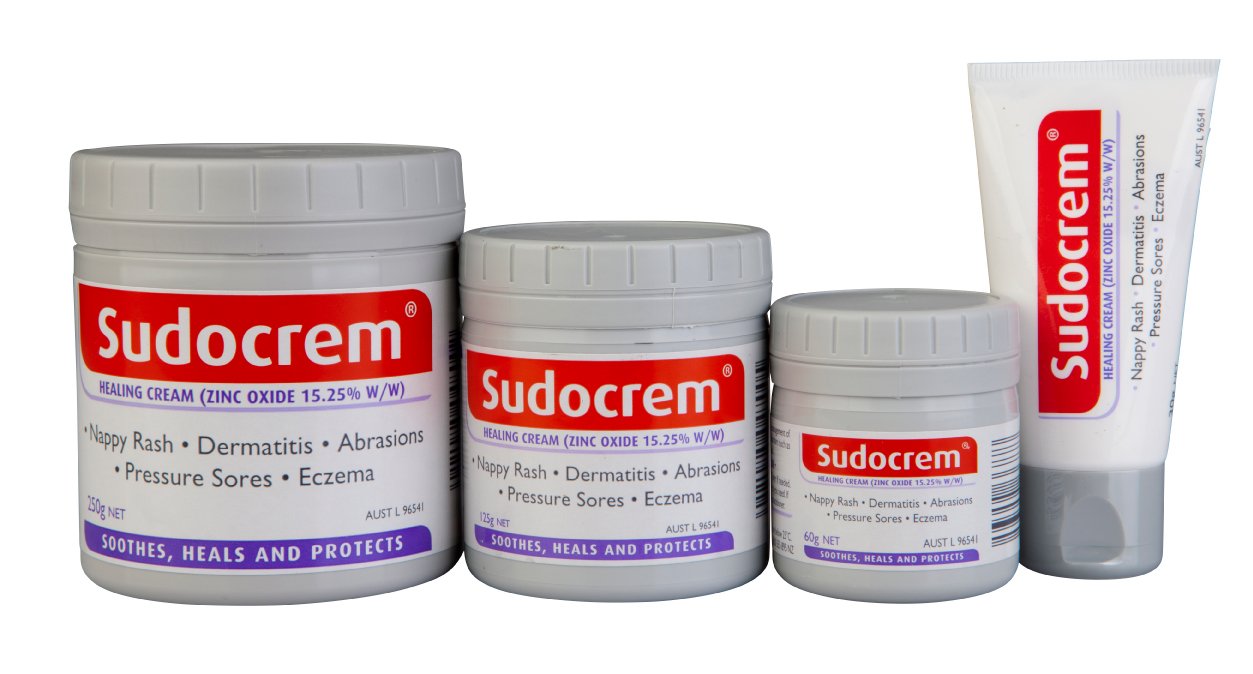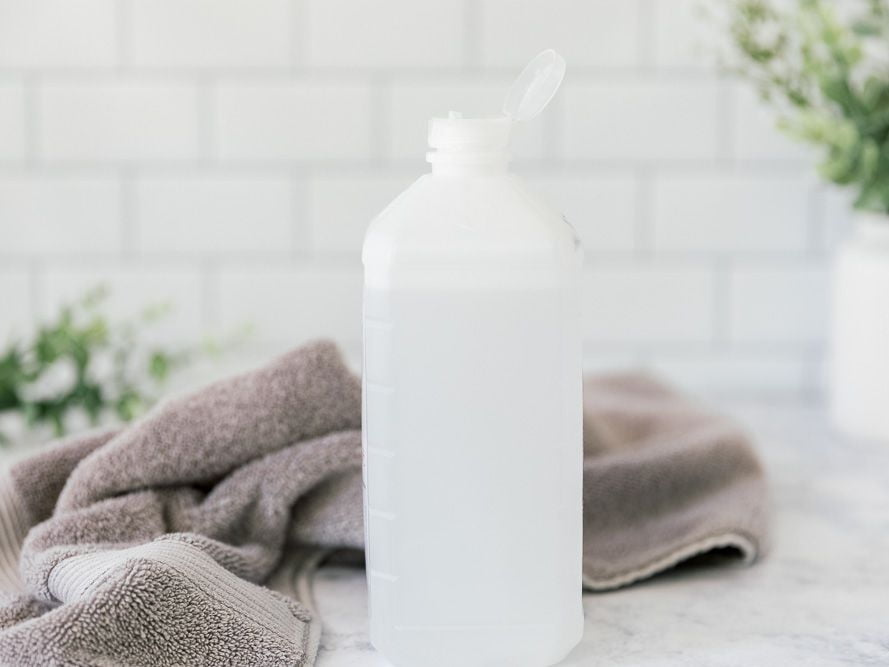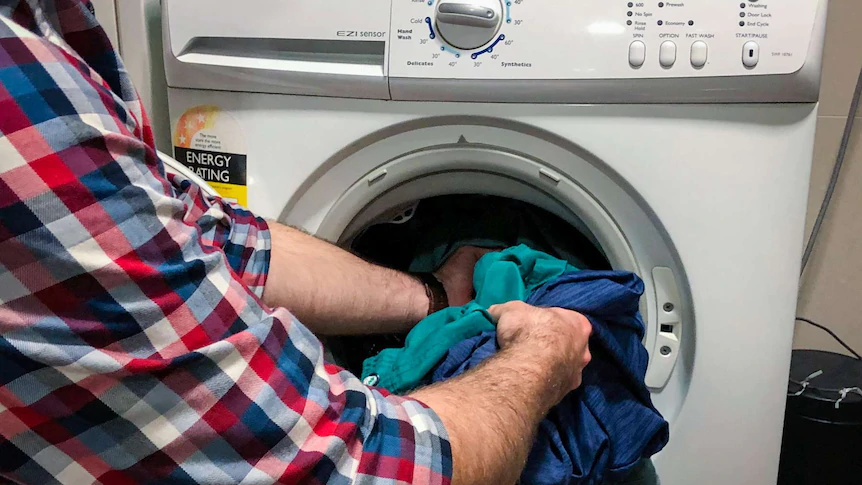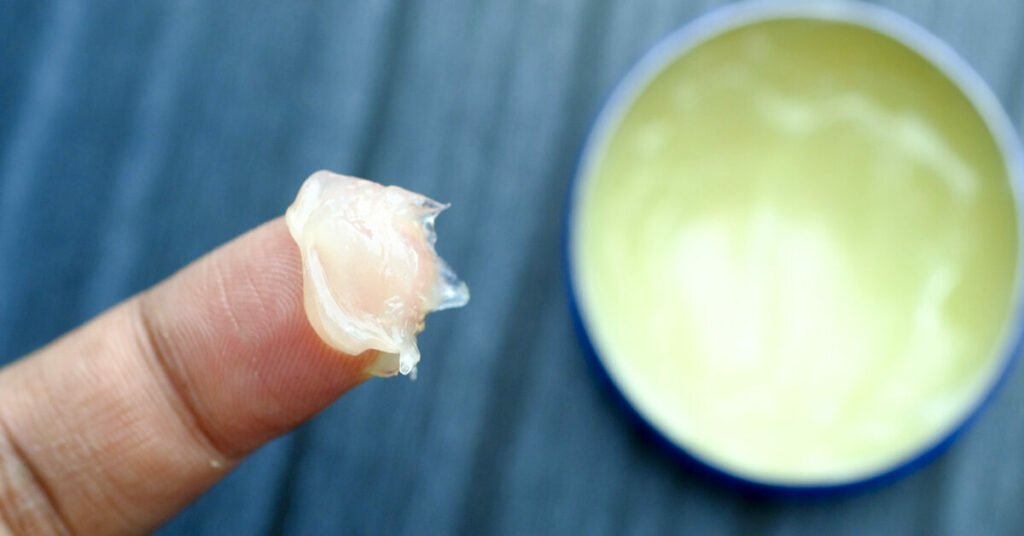
Vaseline Petroleum Jelly is a popular and versatile product known for its moisturizing properties and various uses. However, Vaseline can leave a thick, greasy residue on the hands that seems impossible to remove, potentially resulting in oily smudges everywhere you touch. Removing this residue requires a gentle approach to safeguarding the skin while effectively cleansing it.
Fortunately, several gentle and effective methods exist to remove Vaseline Petroleum Jelly from your hands safely. In this article, we will explore various strategies to wash Vaseline Petroleum jelly off your hands. We will also share some effective tips to avoid Vaseline grease from embedding on your hand.
What is Vaseline and How Does it Stick to the Skin?
Understanding Vaseline and Its Properties
Vaseline, or Petroleum Jelly, is a semisolid mixture of hydrocarbons derived from petroleum. It has various uses, including moisturizing the skin, protecting minor cuts and burns, and preventing chapped lips. This is primarily because Vaseline has been renowned for creating a protective barrier on the skin for over 150 years, sealing in moisture and shielding it from external elements.
Why Vaseline Sticks to the Skin
The greasy texture of Vaseline enables it to adhere to the skin, providing long-lasting moisture and lubrication. The hydrophobic nature of Vaseline prevents it from mixing with water, resulting in water-based cleansers struggling to penetrate and dissolve its greasy consistency. Vaseline’s occlusive properties also create a barrier on the skin’s surface, making it resistant to easy removal.
The challenges of removing Vaseline from the skin arise from its greasy composition and its ability to create a protective layer on the skin’s surface. Traditional handwashing with water and soap is often insufficient, requiring alternative methods and products to effectively cleanse the hands of Vaseline.
Practical Uses of Vaseline
Vaseline is a versatile and widely used product with various practical applications. Here are some common uses of Vaseline:
- Moisturizer: Vaseline is an excellent moisturizer that helps to lock in moisture and prevent water loss from the skin. It can be applied to dry, chapped, or rough areas like lips, elbows, knees, and heels.
- Chapped Lips: Vaseline is often used to soothe and protect chapped lips, relieving dryness and cracking.
- Healing Cuts and Burns: It can be applied to minor cuts and burns to create a protective barrier that aids healing and prevents infection.
- Diaper Rash: For babies, Vaseline can be used as a protective barrier to prevent and alleviate diaper rash.
- Makeup Remover: It can be used to remove makeup, especially around the eyes, as it is gentle and effective in breaking down cosmetic products.
- Preventing Hair Dye Stains: Before dyeing hair, apply Vaseline along the hairline and ears to prevent the dye from staining the skin.
- Polishing Shoes and Leather: Vaseline can shine and condition leather items, such as shoes, belts, and handbags.
- Preventing Rust: It can be applied to metal surfaces susceptible to rust to help prevent corrosion.
- Soothe Irritated Skin: Vaseline can relieve irritated or itchy skin caused by minor conditions like eczema or psoriasis.
- Lubrication: Vaseline can be used as a lubricant for various purposes, such as easing the insertion of thermometers, easing stuck zippers, or preventing squeaky hinges.
- Preventing Windburn and Chafing: It can be applied to the face or other exposed skin to protect against windburn and can also be used to prevent chafing during physical activities.
- Tattoo Aftercare: Some people use Vaseline during the healing process of a new tattoo to keep the skin moisturized and protect the tattooed area.
While Vaseline is generally safe for external use, it is not recommended for consumption or use in sensitive areas like the eyes or deep wounds. Always read the product label and consult a healthcare professional if you have any concerns or medical conditions.
Top 3 Methods to Wash Vaseline Petroleum Jelly Off Hands
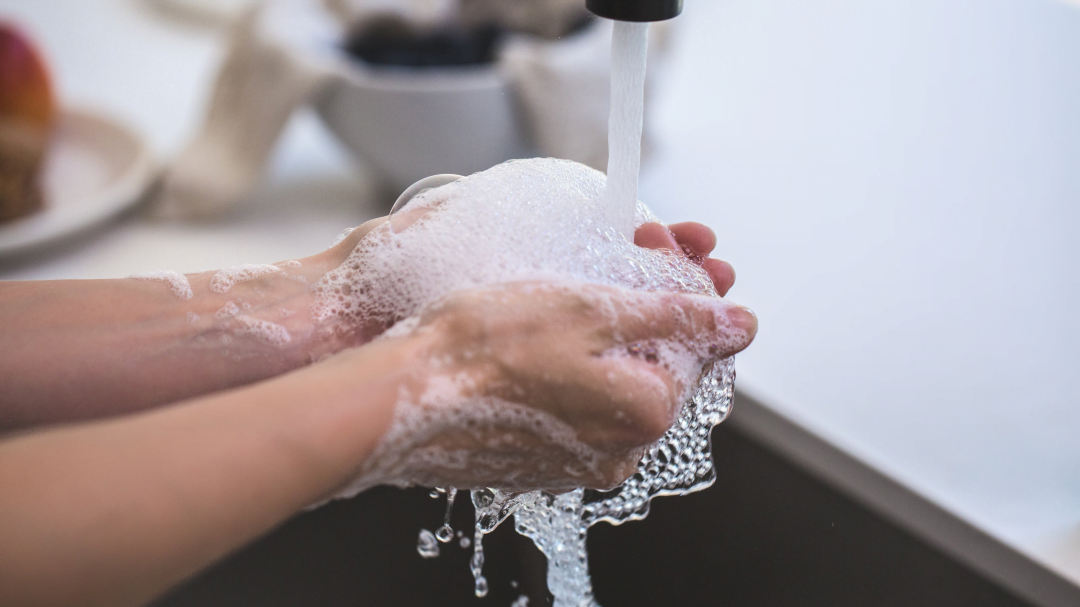
1. Using Warm Water and Soap
One of the simplest methods to remove Vaseline from hands is using warm water and soap. This is effective if the grease on your hands is just minimal. Start by wetting your hands with warm water, then apply a generous amount of soap. Rub your hands together vigorously, covering all areas between your fingers and under your nails. The warm water helps to soften the Vaseline, while the soap acts as a cleanser to break down the grease. Rinse your hands thoroughly with warm water, removing all traces of soap and Vaseline.
2. Using Dish Soap to Cut Through the Grease
If regular hand soap struggles to remove the Vaseline, you can use dish soap as an alternative. Dish soap is specifically formulated to cut through grease and remove Vaseline from hands. Wet your hands with warm water and apply a few drops of dish soap to create a lather. Rub your hands together, paying extra attention to areas where Vaseline is concentrated. Rinse with warm water, ensuring all the soap and Vaseline are washed away.
3. Utilizing Oil-Based Cleansers
Oil-based cleansers are another option for removing Vaseline from hands. These cleansers dissolve the grease, making it easier to wash off. Apply a small amount of the oil-based cleanser to your hands and rub it in, focusing on areas with Vaseline. Let it sit for a minute or two to allow the cleanser to break down the grease. Rinse your hands with warm water, thoroughly removing the cleanser and Vaseline.
Tips for Effective Vaseline Removal
Using Konjac Sponge for Exfoliation
Exfoliation can help remove any residual Vaseline and leave your hands feeling clean and refreshed. The Konjac sponge is a gentle exfoliating tool that can be used on the hands. Wet the Konjac sponge and apply a small amount of cleanser or soap. Gently scrub your hands in circular motions, paying extra attention to areas where the Vaseline is present. Rinse your hands with warm water, removing any leftover Vaseline and exfoliating particles.
Using Paper Towel to Absorb Excess Vaseline
Absorbing excess Vaseline before washing your hands can make the removal process more effective. Take a paper towel and gently press it against your hands, focusing on areas with a noticeable amount of Vaseline. The paper towel will help absorb some of the grease, allowing for easier removal when washing your hands.
Applying a Moisturizer After Cleaning
After successfully removing the Vaseline from your hands, it is essential to replenish moisture and prevent dryness. Choose a moisturizer suitable for your skin type and apply it generously to your hands. Gently massage the moisturizer into your skin, ensuring complete absorption. This helps restore any lost moisture and keeps your hands hydrated.
Dealing with Vaseline Stains on Different Surfaces
Removing Vaseline Stains from Fabric
If Vaseline accidentally gets on the fabric, prompt action is necessary to prevent staining. Scrape off any excess Vaseline using a blunt object, taking care not to spread it further. Apply a small dish soap to the stained area and gently rub it with your fingers. Let it sit for a few minutes to allow the soap to penetrate the stain. Rinse the fabric under cold water, ensuring to remove all the soap and Vaseline. Launder the fabric, as usual, following the care instructions.
Getting Rid of Vaseline Stains on Furniture
To remove Vaseline stains from furniture, start by blotting any excess grease with a paper towel or a clean cloth. Mix a small dish soap with warm water to create a soapy solution. Dip a soft cloth in the soapy water and gently dab it onto the stained area, careful not to oversaturate the fabric. Blot the area with a clean, dry cloth to absorb the moisture. Repeat these steps until the stain is no longer visible.
Addressing Vaseline Stains on Hard Surfaces
Removing Vaseline stains from hard surfaces, such as countertops or floors, requires a slightly different approach. Start by scraping off any excess Vaseline with a plastic scraper or a blunt knife. Wipe the area with a cloth dampened with warm soapy water to remove the remaining grease. Rinse the surface with clean water and dry it thoroughly. Following the manufacturer’s instructions, you can use a gentle abrasive cleaner if the stain persists.
Preventive Measures to Avoid Vaseline Grease From Embedding Into Your Hands

1. Drying Hands Thoroughly Before Touching Anything
Ensure your hands are completely dry before touching anything to prevent Vaseline from transferring onto objects or surfaces. Use a clean towel or air dry your hands to remove any moisture that may otherwise cause the Vaseline to spread.
2. Using Gloves When Handling Vaseline
Wearing gloves when handling Vaseline can help minimize the direct contact between the product and your hands. This reduces the likelihood of Vaseline sticking to your skin and makes removal easier.
3. Choosing Non-Greasy Alternatives
If Vaseline consistently sticks to your skin and is difficult to remove, consider using non-greasy alternatives for moisturizing and protecting your hands. Look for lotions or creams specifically designed for your skin type, which provide the desired moisture without the heavy greasiness of Vaseline.
Frequently Asked Questions
Q: Will washing with dish soap remove Vaseline from my hands?
A: Yes, washing with dish soap can help remove Vaseline from your hands. Make sure to use warm water and create a lather with the soap. Scrub your hands thoroughly and rinse off the soap to remove the Vaseline residue.
Q: Can I use oil-based cleansers to remove Vaseline from my hands?
A: Yes, oil-based cleansers can effectively remove Vaseline from your hands. They are designed to break down grease and can easily remove Vaseline residue. Apply the oil-based cleanser to your hands, massage it, and then rinse it with warm water.
Q: What if I have Vaseline on my face?
A: If you have Vaseline on your face, you can follow the same steps as washing it off your hands. Wet your face with warm water, apply a gentle cleanser, rinse it off, and pat your face dry with a towel. Be gentle when washing your face to avoid irritation, especially with sensitive skin.
Q: Will regular soap with warm water remove Vaseline from my skin?
A: Yes, regular soap can remove Vaseline from your skin. However, using soap to cut through grease can be more effective. Create a lather with warm water and scrub the Vaseline off your skin thoroughly before rinsing.
Q: Are there other ways to remove excess Vaseline from my skin?
A: There are other ways to remove excess Vaseline from your skin. You can try using a grease-cutting detergent or a mild toner. These products can help break down the Vaseline and make it easier to wash off. Just make sure to rinse your skin well after using them.
Q: How can I keep my skin moisturized after washing off Vaseline?
A: After washing off Vaseline, it is crucial to moisturize your skin to prevent dryness. Apply a good quality moisturizer or lotion to your skin, focusing on the areas where you washed off the Vaseline. This will help replenish any lost moisture and keep your skin hydrated.
Q: Is Vaseline good for my skin?
A: Yes, Vaseline is a great moisturizer for dry skin. It creates a barrier on your skin, locking in moisture and preventing water loss. However, it can feel greasy, so it is important to use it sparingly and not apply too much.
Q: Can Vaseline be irritating to my dry skin?
A: Vaseline is generally safe to use and is not known to irritate. However, everyone’s skin is different, and some individuals may have sensitivities or allergies to certain ingredients. If you experience any redness, itching, or irritation after using Vaseline, discontinue use and consult a dermatologist.
Q: Are there any other ways to use Vaseline?
A: Yes, there are many other ways to use Vaseline. It can be used as a lip balm to moisturize dry and cracked lips. It can also be applied to dry areas of the body, such as elbows and heels, to provide extra moisture. Some use it to remove stubborn makeup or as a lubricant for certain activities. However, always read the label and use Vaseline according to the manufacturer’s instructions.
Conclusion
In conclusion, gently removing Vaseline petroleum jelly from your hands involves several effective methods. From utilizing warm water and soap, dish soap, and oil-based cleansers to incorporating exfoliation techniques and moisturizing your hands, the proper cleaning routines can ensure Vaseline-free hands.
Additionally, taking preventive measures such as drying your hands thoroughly, using gloves when handling Vaseline, and switching to non-greasy alternatives can help minimize the transfer of Vaseline. By following these natural ways to remove Vaseline grease from your hands, you can ensure a successful removal process without causing any harm or irritation to your hands, leaving them feeling clean and refreshed.
For more valuable content like this, join our community at the Family Hint today!

